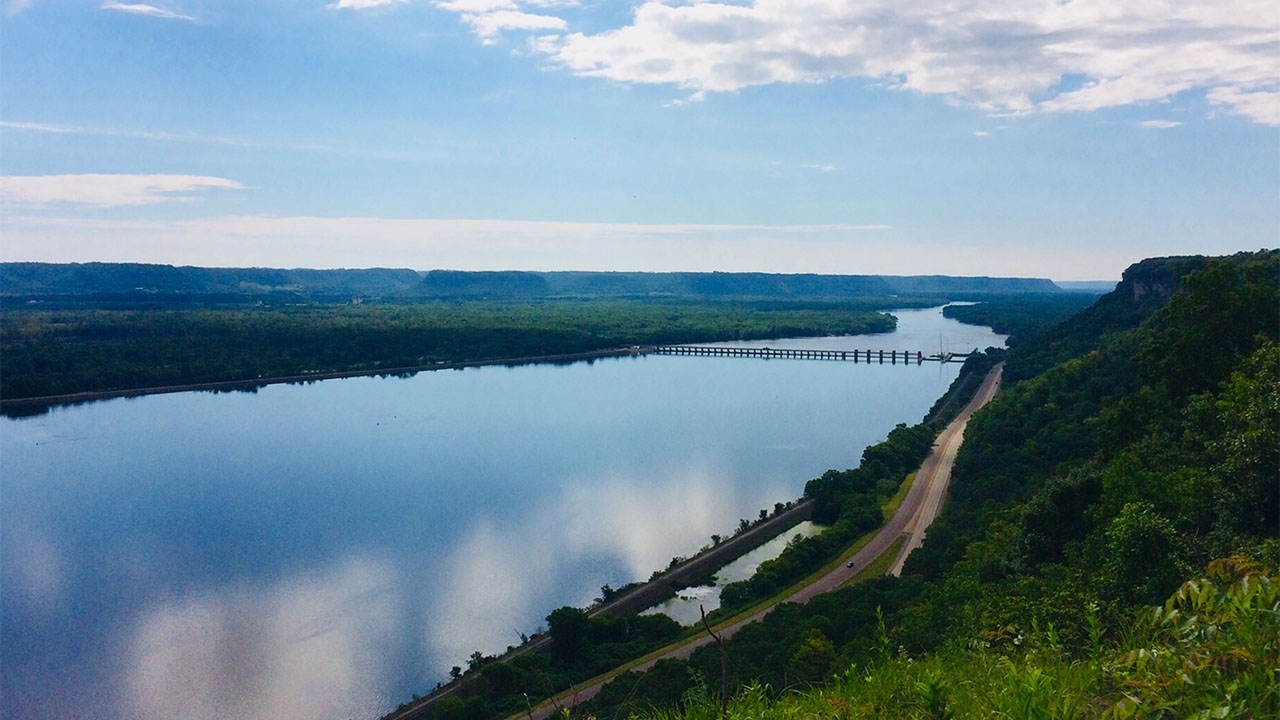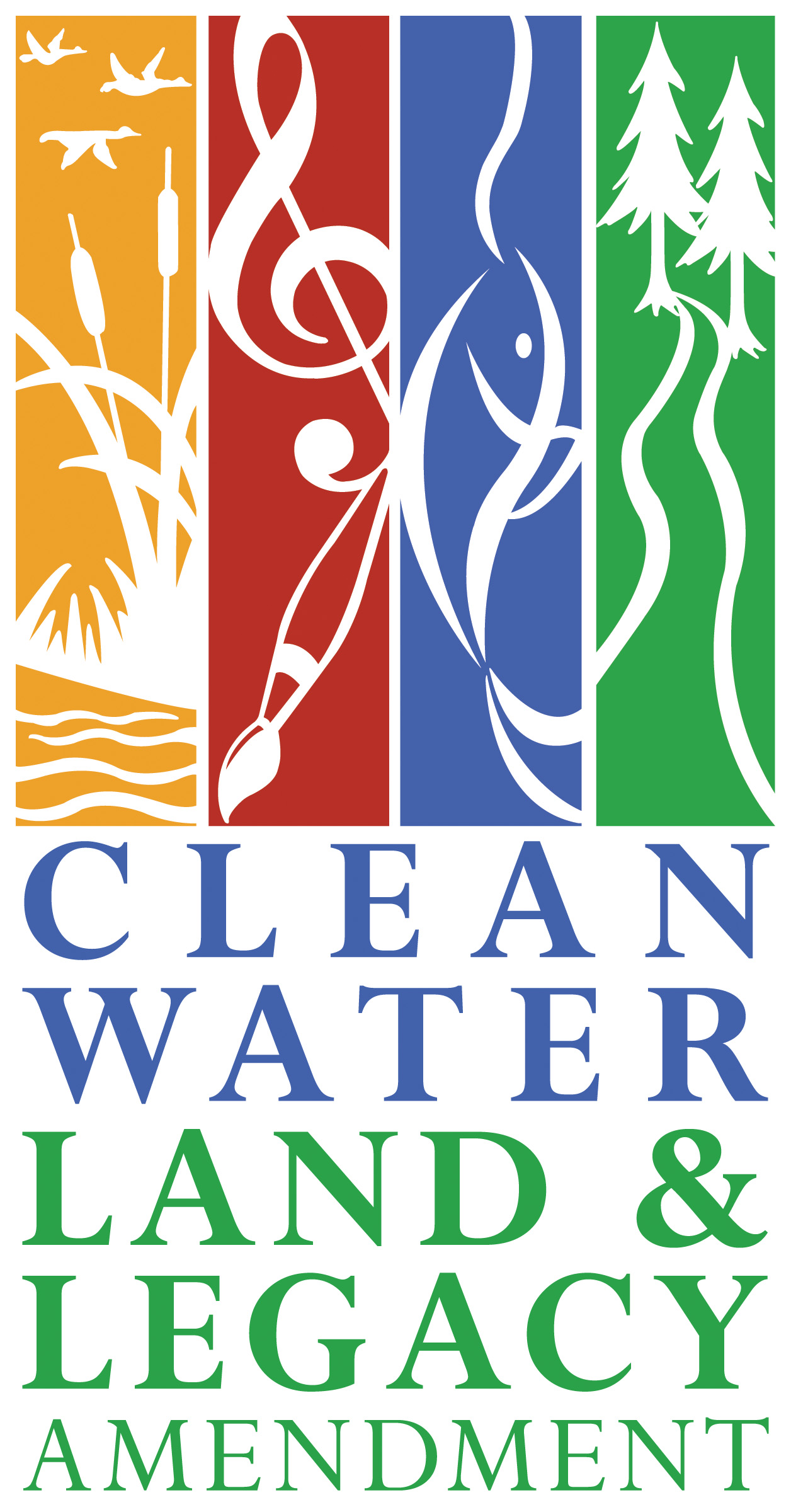
The Driftless area of Minnesota is quite unique.
Filled with rare plants, animals, and various ecosystems, the Driftless area is worthy of exploration and that’s exactly what attendees will do during the Ecological History Series.
With events extending out until late April, Winona State University along with the Winona County Historical Society are hosting a virtual lecture series that will explore topics like mapping the ecological history of the Driftless area, exploring how fires shaped and maintained ecosystems until the 1900’s, and how Indigenous roots of sustainable forestry can give perspective to ecological restoration and community healing.
In addition to hosting a lecture series, WSU and WCHS also worked to share resources, digitize and preserve items that highlight the Driftless area. In one instance, the group teamed up with Saint Mary’s University’s Geospatial Services to create a GIS story map that reconstructs a 1855 land survey into a map of the vegetative communities in Winona.
All virtual lectures are hosted through Zoom, are free, open to the public, with no registration required, and are recorded to be viewed after the event. Two events in March that were part of the series were also recorded and are available. One was a presentation by Dakota writer and Mdewakanton descendent Diane Wilson who talked about indigenous seeds and work being done to reclaim Indigenous seeds as food for communities. Another was a presentation by Michael Lee from the Minnesota Department of Natural Resources on the rare plant and animal species in the Driftless Area based on results from a biological survey.

These events are made possible in part by the people of Minnesota through a grant funded by an appropriation to the Minnesota Historical Society form the Minnesota Arts and Cultural Heritage Fund.
The lecture series — which was originally planned for last year but was postponed due to the pandemic — is supported by the Heritage Partnership grant which WSU and WCHS collaborated on applying for in order to support educational projects that explore the unique ecological history of the Driftless area of Minnesota.
For more information on this event series including the Zoom links, visit the event schedule in OpenRiver and the Winona County Historical Society’s website.
See specific events below:
Mapping Ecologic History in the Driftless Area
Public Land Surveys were one of the earliest recorded maps that systematically documented vegetation and physical features for lands surveyed across the U.S. One was made for the Winona Township in 1855 and now, thanks to a partnership between Winona State University, the Winona County Historical Society, and Saint Mary’s University of Minnesota’s GeoSpatial Services, that map is now digital.
At 6:30 p.m. on April 6 through Zoom, presenters Andy Robertson, Kevin Stark, Roger Meyer, and Kathy Allen, will talk about how the 1855 map was digitized in order to use for investigation and research using survey reference points, trees, and notes from the original survey.
Using the Science of Disturbance, Ecology and Silviculture to Help Restore Unique Driftless Area Ecosystems
Once a vast mixture of prairie and park-like oak woodlands, the Driftless Area has changed considerably since the 1900’s. That’s because many of the unique ecosystems were shaped and maintained by fire, which is a disturbance that was largely stopped in the early 1900’s.
Forest Ecologist and Silviculturist Gregory Edge, from the Wisconsin Department of Natural Resources, will help attendees envision what the forested hillsides, farmland, and meandering river valleys once were during an April 7 at 6:30 p.m. Zoom presentation. During the presentation Edge, will talk about how he, along with foresters and landowners can work together to restore unique and importance oak ecosystems.
A View from the Minnesota Woods
Little green bugs, warming winters, changing markets and humans, all have an impact on wildlife habitats.
During a 6:30 p.m. Zoom presentation on April 20, Extension Specialist Dr. Eli Sagor from the University of Minnesota’s Cloquet Forestry Center, will talk about how emerging research is helping people to better understand shared, collective history and how human life has shaped forests and how in turn, that has shaped culture and history. Steps will be offered on how to ensure the continued health, productivity, and beauty of forests of the Driftless and beyond.
Learning from Indigenous Roots of Sustainable Forestry to Promote Sustainability, Community Healing, and Partnerships
Contemporary sustainable forestry, ecological restoration, and community healing can learn a lot from Indigenous ways.
At 6:30 p.m. April 21 through a Zoom presentation, University of Minnesota Assistant Professor Dr. Michael Dockry, a member of the Citizen Potawatomi Nation, will talk about how the sustainable forestry in the USA began with the Menominee Nation in Wisconsin and how that experience can inform contemporary sustainable forestry, ecological restoration, and community healing. Dr. Dockry will also discuss how developing partnerships with tribes and tribal communities can serve as the foundation for integrating Indigenous knowledge with western natural resource management science. A goal of Dr. Dockry’s talk is to support WSU’s efforts to build partnerships with Indigenous peoples to enhance ecological and social restoration to meet 21st-century challenges. The event, which is co-sponsored by the All-University Arboretum and Land Stewardship Committee as part of the annual Arbor Day celebration.
